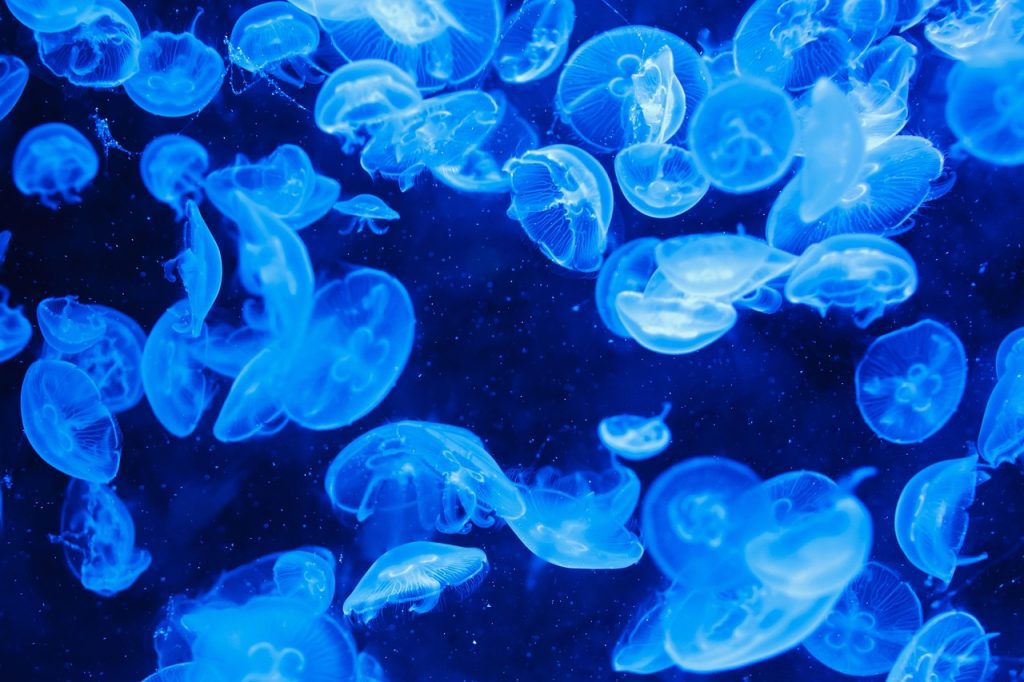Unlocking the Mysteries of the Sea: Ocean Currents Explained
The ocean is a vast, enigmatic space, covering over 70% of our planet’s surface and playing a pivotal role in the global climate system and marine ecosystem. One of the essential components of these extensive water bodies are the ocean currents. These are like rivers within the sea, guiding water, heat, nutrients, and living organisms across thousands of miles. In this detailed exploration, we dive deep into unlocking the mysteries of the sea, particularly focusing on how ocean currents work and why they are crucial for marine and human life.
Introduction to Ocean Currents
Ocean currents are continuous, directed movements of sea water generated by numerous forces acting upon the water, including wind, the Earth’s rotation, gravitational pull of the moon, and temperature and salinity differences in water. These currents are critical for regulating weather patterns and the global climate. Understanding how ocean currents influence our environment is essential for anybody interested in environmental conservation, marine biology, or climate science.
How Do Ocean Currents Work?
Ocean currents can be broadly classified into two types: surface currents and deep-water currents. Surface currents comprise about 10% of all the water in the ocean, and these are primarily driven by wind. The wind itself is influenced by several factors, including Coriolis effect (a phenomenon that causes fluids like water and air to curve as they travel across or above the Earth’s surface), the position of continents, and solar heating.
Deep-water currents, or the thermohaline circulation, make up the other 90%. These currents are driven by water density differences, which are in turn affected by temperature (thermo) and salinity (haline) — hence the name thermohaline. Colder or saltier water is denser and sinks, pushing less dense water to move horizontally, creating a global conveyor belt of water circulating throughout the oceans.
Major Ocean Currents and Their Influence
Some of the major surface currents include the Gulf Stream in the North Atlantic, the Kuroshio Current off the shores of Japan, and the Great Ocean Conveyor Belt, which is a global network of currents. A fascinating aspect of the Gulf Stream, for instance, is its role in moderating climate conditions on the East Coast of the U.S. and across Europe. The warm waters of the Gulf Stream heat the air above the Atlantic, making Western Europe significantly warmer in winter than other regions at similar latitudes.
Deep ocean currents also play a significant role in regulating the Earth’s climate. For example, the Antarctic Bottom Water, the densest of all deep waters, is so significant that it influences the movement of deep water masses worldwide.
Unlocking the Mysteries of the Sea: Ocean Currents Explained in Climate Regulation
Ocean currents act as the Earth’s thermostat by distributing heat around the globe. They transport warm water from the equator towards the poles and cold water from the poles back to the tropics. Thus, they regulate global climate and weather patterns by controlling the heat distribution across the planet, impacting everything from marine life migration patterns to agricultural crop seasons on land.
Human Impact and the Importance of Preserving Marine Currents
Human activities like shipping, offshore drilling, and the vast amount of waste dumped into the oceans affect the health of the marine currents. Chemical pollutants can alter water temperature and salinity, impacting the flow of currents and, consequently, global climate.
Preserving our ocean currents starts with reducing pollution, managing oceanic resources sustainably, and engaging in marine conservation initiatives. Raising awareness about the importance of ocean currents is crucial in our quest to unlock the mysteries of the sea.
FAQs on Unlocking the Mysteries of the Sea: Ocean Currents Explained
Q1: How do ocean currents affect the weather?
A1: Ocean currents play a fundamental role in determining the climate of coastal regions by transporting warm and cold water, thereby affecting atmospheric temperature and precipitation patterns.
Q2: Why are ocean currents important for marine life?
A2: Ocean currents distribute crucial nutrients and heat across the ocean, creating habitats suitable for various marine species. They also influence migration patterns and breeding grounds for marine wildlife.
Q3: Can ocean currents help in pollution mitigation?
A3: Properly understanding and harnessing ocean currents can potentially aid in pollution control by directing waste to areas where it can be more effectively managed or by diluting pollutants in faster-moving waters, though this is a complex area requiring careful environmental management.
Conclusion
Understanding and preserving ocean currents are not just about unlocking the mysteries of the sea but also about ensuring the health of our global environment and maintaining the natural processes that keep our planet habitable. From influencing climate patterns to supporting marine biodiversity, ocean currents hold the key to sustaining life both in water and on land. Therefore, increasing public knowledge and engagement in marine conservation can significantly aid in the continued exploration and preservation of our oceans’ powerful currents. This continued effort to understand and explain ocean currents will provide future generations with the knowledge necessary to manage and safeguard our blue planet’s most crucial resources.


